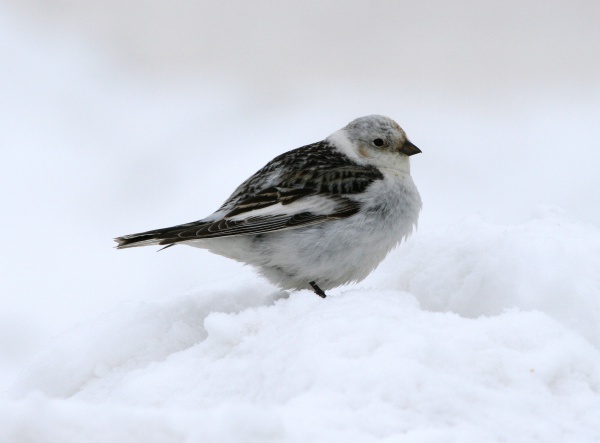Facts About Snow bunting
The snow bunting is a captivating bird, perfectly adapted to life in the Arctic. This passerine species is found throughout the northern hemisphere, with smaller populations residing in high-altitude regions outside the Arctic.
This medium-sized bird is notable for its striking appearance; males predominantly feature white feathers with black markings, making them easily identifiable. Snow buntings possess unique adaptations such as feathered legs (tarsi) and consistent breeding plumage throughout the season. Occasionally, they might be confused with McKay's bunting, and they are capable of hybridizing with other bird species.
Snow buntings belong to the Calcariidae family, with four subspecies, each characterized by distinct plumage. During the breeding season, they inhabit the Arctic tundra, but migrate to northern temperate zones as winter approaches. They prefer nesting in rocky areas, and their diet consists mainly of seeds, grasses, and small invertebrates. Males are the first to migrate to the Arctic for breeding, traveling at night and navigating via the Earth's magnetic fields.
Communication plays a crucial role for snow buntings. Males sing to attract females, and the frequency of their songs is related to their success in finding food, influencing female mate selection. Typically forming monogamous pairs, males are supportive partners, aiding females during the incubation period.
However, climate change poses a significant threat to snow buntings. Altered breeding schedules and increased competition from other species are among the challenges they face in a rapidly changing environment.

 Russia
Russia